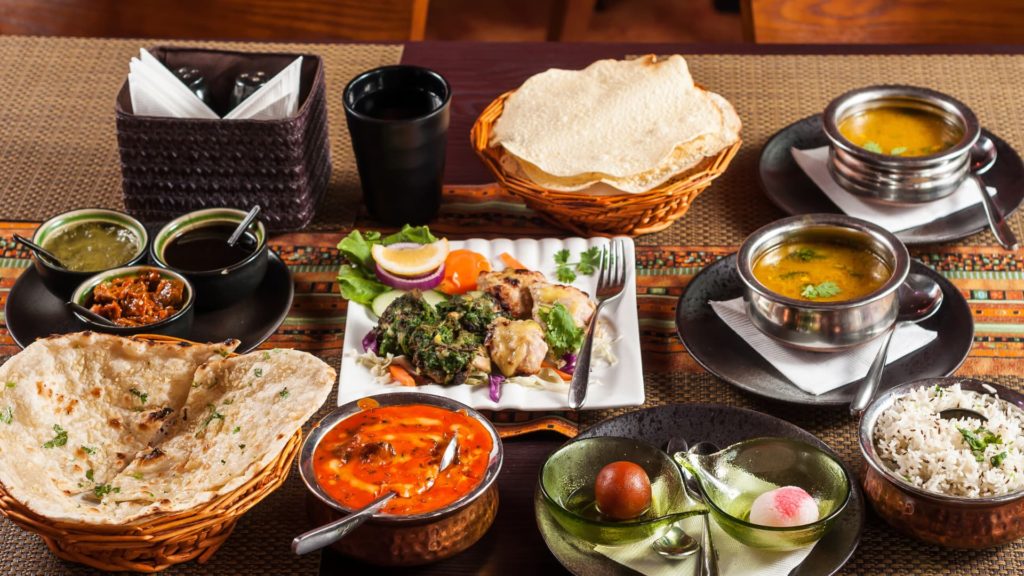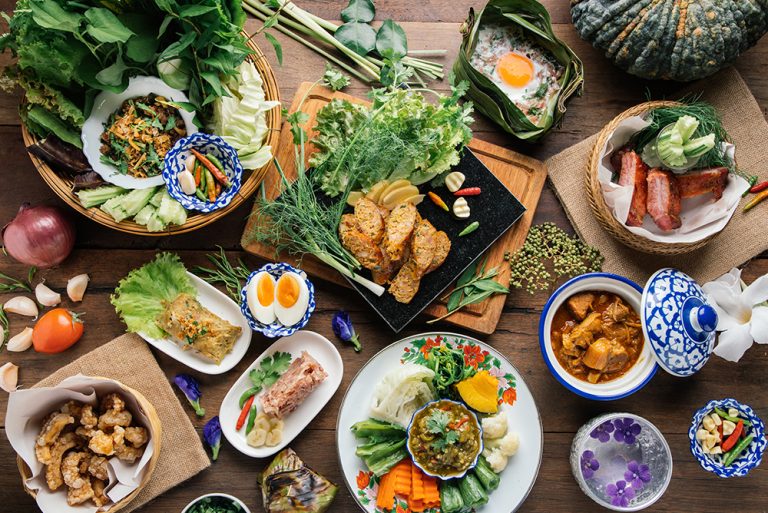
Is Indian Food Healthy
Indian Food: A Healthy Fusion of Flavors and Nutrients
India is a land of culinary wonders, where the diversity of flavors, textures, and colors in its cuisine reflects the country’s rich cultural tapestry. The notion that Indian food is inherently unhealthy due to its association with spices and oils is a misconception that often overshadows its nutritional potential. Is indian food healthy?In reality, traditional Indian cooking relies heavily on whole grains, legumes, fresh produce, and a myriad of health-promoting spices. This blog post delves into the world of Indian cuisine, exploring how it can be an integral part of a balanced diet and a healthy lifestyle.
The Fundamentals of Healthy Indian Cooking
At the heart of healthy Indian meals are the foundational ingredients that have been staples for centuries. Whole grains like brown rice, millets, and whole wheat feature prominently in dishes such as rotis, parathas, and dosas, providing complex carbohydrates and fiber. Legumes and pulses, including lentils (dal), chickpeas (chana), and black-eyed peas, are rich sources of plant-based protein and fiber, essential for maintaining a healthy digestive system and keeping you satiated.
Is Indian food healthy?Indian cuisine is renowned for its extensive use of spices, which not only lend their unique flavors but also offer numerous health benefits. Turmeric, for instance, contains curcumin, a potent anti-inflammatory compound known for its role in reducing inflammation and promoting brain health. Cumin seeds provide antioxidants that may aid digestion, while ginger and coriander have carminative properties, helping alleviate bloating and indigestion.
Health Benefits of Traditional Indian Dishes
The principles of Ayurveda, India’s ancient holistic healing system, guide many food choices within Indian culture. It advocates for balance in flavors, temperatures, and nutritional profiles of meals. Lighter dishes like sautéed vegetables (sabzi), cucumber-yogurt salads (raita), and vegetable soups (shorba) showcase this balance beautifully. Lean protein options abound in Indian kitchens, from grilled fish seasoned with mustard oil and spices to tandoori chicken, marinated in yogurt and spices then baked in a clay oven, and paneer, a mild cheese used in low-oil preparations.
Plant-based diets thrive in Indian cuisine with an abundance of vegan and vegetarian dishes brimming with nutrients. Thalis—a platter filled with various lentil preparations, vegetables, bread, rice, and sometimes dairy.Offer a well-rounded meal that encompasses all six tastes of Ayurveda (sweet, sour, salty, bitter, pungent, and astringent).
Making Healthy Choices in Indian Restaurants
When dining out at Indian restaurants, there are several ways to make healthier selections. Opt for tandoori or grilled meats and vegetables instead of deep-fried items like samosas or pakoras. Request that your curries and gravies be prepared with less oil, ghee, or cream. Choose side dishes that include steamed basmati rice, lentil soup (dal), or lightly cooked vegetable sides. And when it comes to dessert, indulge mindfully in kulfi, a frozen milk dessert, or fruit-based sweets that contain natural sugars rather than refined ones.
Challenges and Misconceptions
Is Indian food healthy?While Indian food has a reputation for being heavy and calorie-dense, some high-calorie culprits can be easily avoided. For example, fried snacks (like papadums), creamy desserts, and rich gravies can contribute significantly to overall caloric intake. However, it’s important to debunk the myth that spicy food causes ulcers or other health issues; research suggests that moderate spice consumption may actually have some health benefits. Portion control and meal balance are key aspects to consider when consuming any type of cuisine, including Indian.
Incorporating Healthy Indian Eating into Your Lifestyle
Preparing Indian food at home allows for better control over ingredients and cooking methods. You can steam, bake, or grill proteins and vegetables, using minimal oil or ghee. Start your day with nutritious breakfast items like idlis (fermented rice cakes) or dosas (lentil crepes), both made with fermented batter that promotes gut health. Introduce homemade spice blends to add depth of flavor without extra salt or fat.
Moreover, embrace the practice of fermenting foods common in Indian cuisine. Yogurt, pickles, and idli/dosa batter are excellent sources of probiotics, beneficial for maintaining a healthy gut microbiome.
Indian cuisine is renowned for its rich flavors, aromas, and variety of ingredients. It also offers a plethora of healthy food options that are low in fat, high in fiber, and packed with essential nutrients. Here’s an overview of some popular and nutritious Indian dishes:
-
Raita
This yogurt-based side dish helps in digestion and cools down the palate when paired with spicy foods. Cucumber Raita, Boondi Raita, or Onion Tomato Raita are not only refreshing but also provide probiotics and are low in calories.
- Kitchari (Khichdi): A one-pot meal made from a mix of rice and split mung beans, it’s easy to digest and considered a healing food in Ayurveda. It can be seasoned with ghee (clarified butter), turmeric, cumin, and other spices for added health benefits.
- Chickpea-Based Dishes:Chana Masala (spiced chickpeas) or Chole (chickpea curry) are protein-rich and filling meals. Chickpeas are also used to make falafel-like snacks called ‘Bhatura’ or ‘Samosa’ when combined with vegetables.
- Grilled Fish or Chicken Tikka:For non-vegetarians, tandoori or grilled fish and chicken dishes are healthier alternatives as they are typically marinated in yogurt and spices before being cooked over charcoal, reducing the need for excessive oil.
- Jowar/Bajra/Ragi Roti: Whole grain flatbreads like Jowar (sorghum), Bajra (pearl millet), or Ragi (finger millet) rotis are gluten-free and loaded with fiber, vitamins, and minerals.
- Fruit Chaat or Aam Panna: Indian desserts often include sweetened milk or fried items, but fruit chaats – a mix of chopped seasonal fruits with a sprinkle of lime juice, salt, and chaat masala . Aam Panna (raw mango drink) provide natural sweetness and hydration without added sugars.

Conclusion
Indian food, with its array of flavorful, nutrient-dense ingredients and diverse cooking techniques. Offers a wealth of opportunities to nourish the body and satisfy the palate. By understanding the health benefits of traditional dishes. Making informed choices when eating out, and incorporating these principles into daily meal preparation. It’s time to celebrate Indian food not just for its taste but also for its inherent healthfulness, reminding us that a healthy diet can indeed be delicious and satisfying. Embrace the essence of Indian food, adapt it to your dietary needs. And let its healthful fusion of flavors become an integral part of your journey towards wellness.

